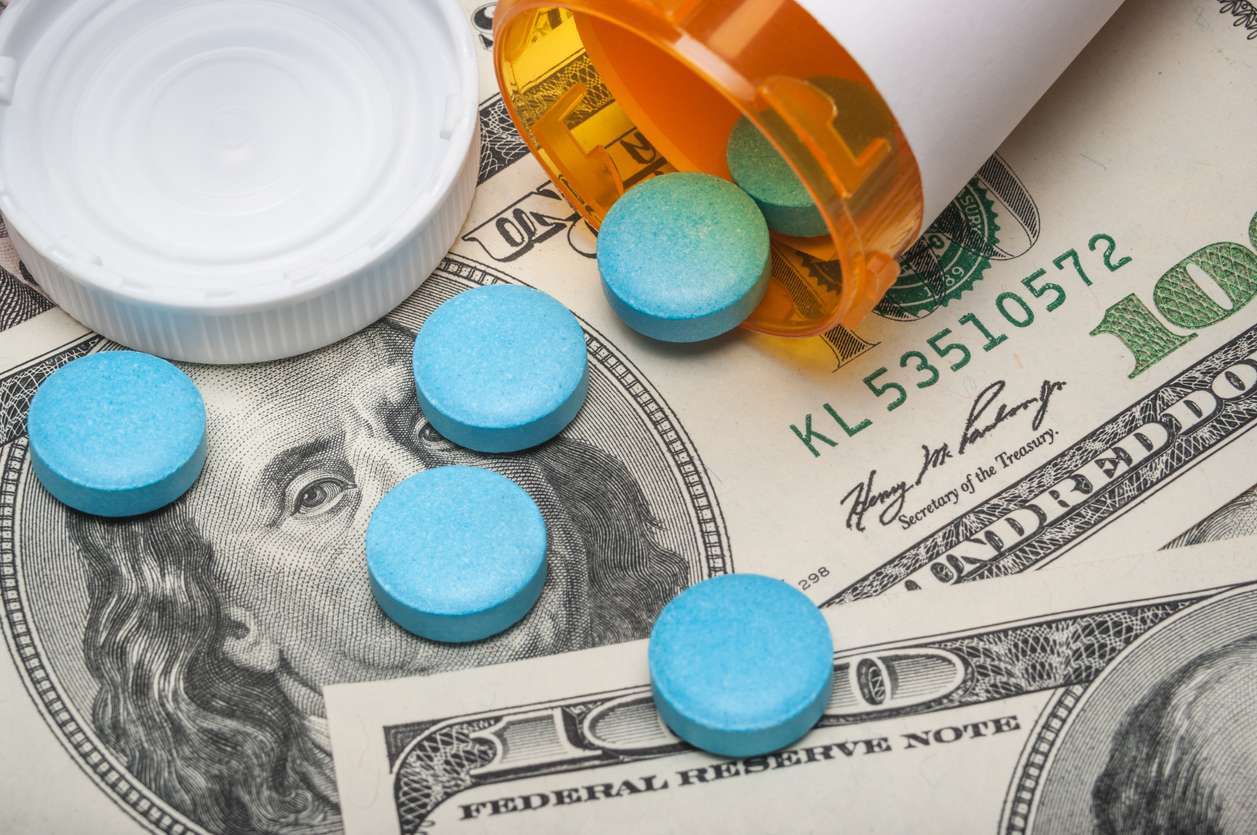
In its current state, the Medicare health benefits of Part A and Part B are phenomenal if you pair it properly with a Medicare supplemental insurance policy or a Medicare advantage plan. When it comes to Part D, the prescription drug plan portion of the program, it can be a cruel awakening if you are a person who takes multiple medications for an ongoing illness or treatment of a chronic disease like diabetes or heart disease. Medicare gives the beneficiary a set amount of money each year to spend on prescriptions until it is exhausted, and this is the point where beneficiaries fall into the coverage gap and become financially responsible for a much bigger portion towards the cost of the drug. The coverage gap doesn’t last forever, but long enough to put you out up to $5,100 in a plan year.
Here is how it works-
Every January 1st you are given a set amount of money to spend on prescriptions. In 2019 that amount is $3,820. This is your Initial Coverage Stage.
After your total drug costs reach $3,820, you will no longer pay your drug plans set copay or coinsurance, but a defined percentage of the drug cost. You pay no more than 37% coinsurance for generic drugs or 25% coinsurance for brand name drugs, for any drug tier during The Coverage Gap.
After your yearly out-of-pocket drug costs (including drugs purchased
through your retail pharmacy and through mail order) reach $5,100, your coverage picks up again. This is your Catastrophic Coverage Stage. You pay the greater of 5% coinsurance, or a $3.40 copay for generic (including brand drugs treated as generic) and a $8.50 copay for all other drugs for the remainder of the plan year.
The good news is that most folks never fall into the Medicare coverage gap, but when they do, it is around October or November, so they only must endure the higher costs for a couple of months.
Three key strategies are listed below on how to stretch those initial coverage dollars, seek out pharmaceutical assistance programs and learn if your eligible for federal assistance that can help you cover the costs.
- First and foremost, you must make sure you are using a preferred pharmacy with your plan. Every time you fill a prescription there is a deduction from your initial coverage dollars. At a preferred pharmacy this deduction may be $20 compared to $30 at a standard pharmacy. Spend those dollars wisely!
- Research to find out if your drug manufacturer offers discounted or free prescriptions. Household income levels always apply in these programs, but the thresholds are much higher than state or federal programs and usually go up to 400% of the poverty level which is about $65,000 for a household size of two persons.
- Apply for Low Income Subsidy (LIS) even if your income is just over the threshold guidelines. This is NOT Medi-Cal or Medicaid and is a program designed from the federal government to assist with prescription drug costs only. An individual can earn up to $18,972 annually, and a for couples this amount is $25,608.
Need help finding the right drug plan? The drug cost review and analysis are services we provide for every one of our clients each year. For more information and guidance please contact us at (858) 391-8544.
